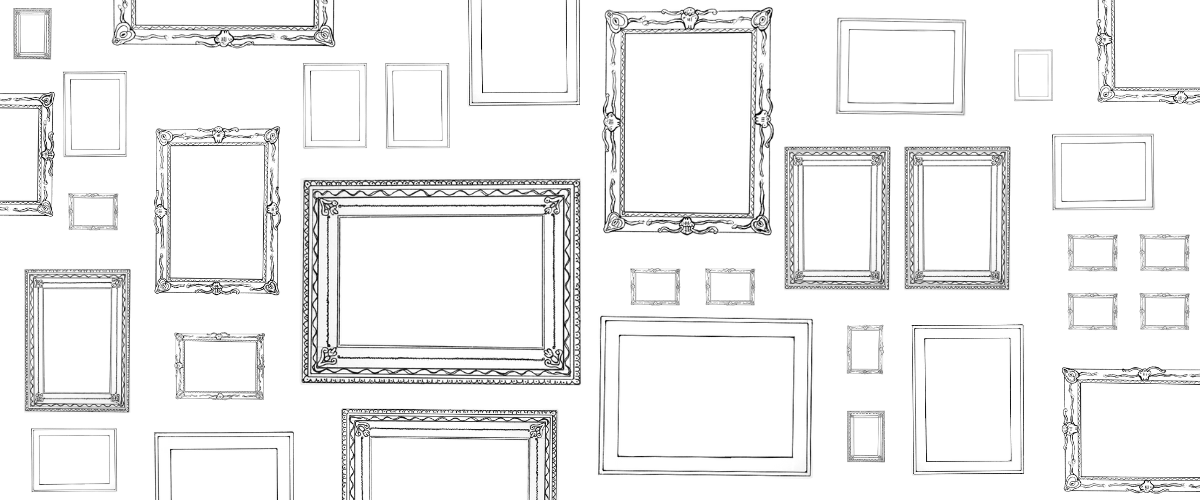In his text*1 *(1), Hassan Mahamdallie, playwright and diversity expert, presents insights into the cultural and political diversity strategies of Arts Council England from his former position as Senior Diversity Officer. There are many reasons why the arts should diversify, including moral, economic and equality arguments. Hassan Mahamdallie argues it is time for ‘the creative case for diversity and equality in the arts’ to take centre stage – restoring diversity to its place as a central element in the creative act and arts innovation.
Diversity exists – we do not have to invent it. Inequality is the issue.
Diversity, in the widest sense, is an integral and central part of the artistic process. It is an important element in the dynamic that drives art forward, that innovates it and brings it into a profound and transformative dialogue with contemporary society.
To talk about diversity is merely to express the world around us. Diversity. Just. Is. We can observe it as an essential feature of nature, of evolution, adaptation, development and change. A lack of, emptying out of, or destruction of diversity – for example, a narrowing of the Earth’s bio-diversity due to the destruction of the environment by the human species – is recognised as threatening the future of the planet and all life upon it.
In the history of the development of human society, diversity as a kinetic force – the entrance from the outside of a new idea, a new understanding and way of seeing the world – what we might call insight, vision and innovation – is the force that enables society to make a civilizational leap forward. Societies that cut themselves off from diversity, historically, ultimately turn in on themselves, stagnate, collapse and die.
Counter to the handwringing of policymakers in the arts and culture, and even in government departments, Diversity is not a ‘problem’. The actual problem we face is that we have alienated ourselves from it and imposed man-made inequalities on our diverse society, and thereby on our diverse arts community and on the future development of artistic practise. But diversity can only have an active meaning when it is linked to, if you like, a dynamic societal struggle – specifically, the fight against inequality.
The problem we in the arts community face in the West, particularly, is that we have distorted the history of creativity and the arts, our practice and critical debate, and have decided that some are far more equal than others and have more value. We have created artificial hierarchies, but we pretend ‘that’s just the way it is’. We have constructed canons of ‘important’ work and subjective value judgements bound up in notions of ‘taste’, ‘quality’ and ‘excellence’, but pretend they are neutral and objective and unchallengeable in the manner of a religious edict.
It’s political.
The fight against entrenched inequalities, and the pursuit of equality for all, is always going to be a political question. In whatever arena, this kind of work is intensely politicised, because it throws up sharp questions about the nature of society and its claims to be truly democratic. At heart, it is about power, who has access to it, and the privilege they draw from it. But each different arena of the struggle against exploitation and oppression has its own particular starting points, arguments and goals – and this is true for the fight for equality in the arts.
I have learned that the arts and cultural landscape, the structures and institutions that shape it, the ways power and privilege are expressed, the traditions and modes of thinking and the ideas and worldviews that dominate it demand particular responses, strategies and tactics from those who seek to fundamentally change it.
Diversity and equality may have been historically marginalised in the ongoing debates on art, how it is made, how it innovates and brings itself into a close and active relation to the society from which it springs, but I contest that this is not a marginal question; indeed this is intrinsic and central to art in many ways – including in the creative act itself.

Thomas, K. M., & Plaut, V. C. (2008): The Many Faces of Diversity Resistance in the Workplace. In: K. M. Thomas (ed.): Diversity Resistance in Organizations (Applied Psychology Series), pp. 1–22. New York, NY: Taylor & Francis Group/Lawrence Erlbaum Associates.

Locke, Alain (1925): Enter the New Negro. In: Survey Graphic: Harlem: Mecca of the New Negro (March 1925). Accessed 4 July 2022 at http://nationalhumanitiescenter.org/pds/maai3/migrations/text8/lockenewnegro.pdf

Huggins, Nathan Irvin (1971): Harlem Renaissance. London: Oxford University Press, p. 60.
Hassan Mahamdallie ( 2022): Why diversity in the arts cannot be ignored. In: p/art/icipate – Kultur aktiv gestalten # 13 , https://www.p-art-icipate.net/why-diversity-in-the-arts-cannot-be-ignored/


 Artikel drucken
Artikel drucken